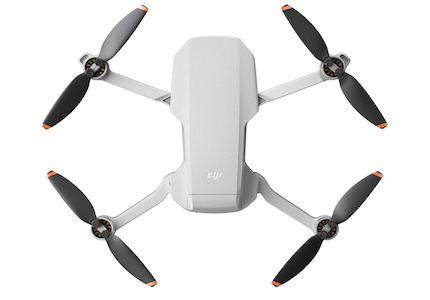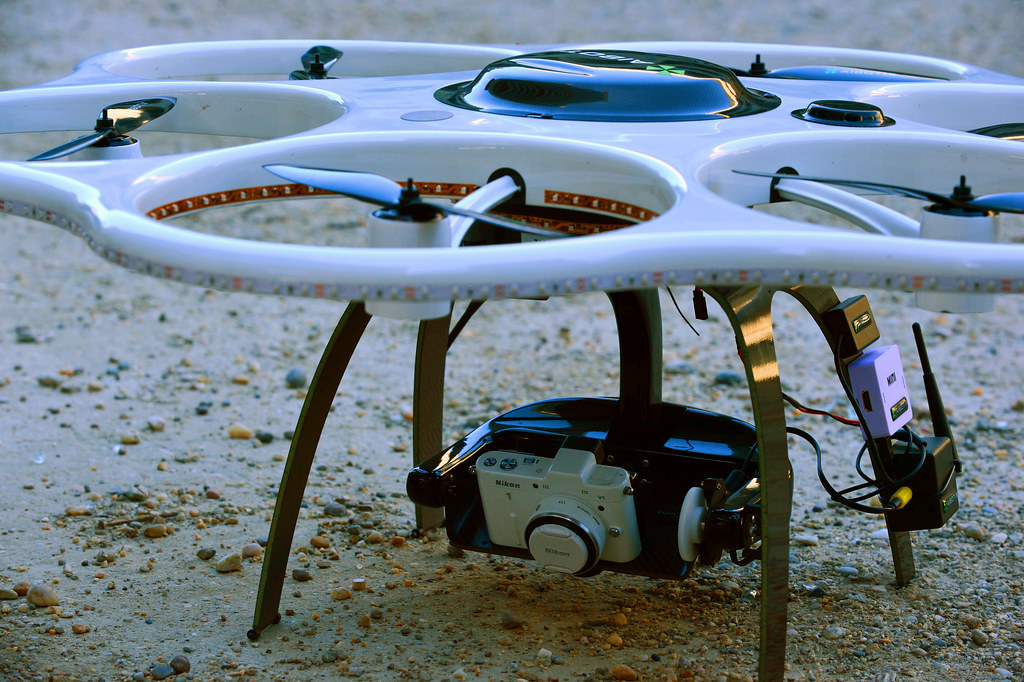
If you are looking for the best gimbal for your drone or camera, DJI gimbals are an excellent choice. They offer excellent performance for the price and have many satisfied customers. Let's take a look at the main features and their pros and cons. Check out our article to find out if DJI gimbals is the right choice for you. It might be useful for you!
Disadvantages
Unwanted attention is one of the downsides to using a drone for videography. Some people may not feel comfortable with a gimbal. Also, sensitive subjects might be put off by the presence of the camera. Security can sometimes stop a session because they see a gimbal. In other instances, your subject might need to be left alone. A gimbal can be a great choice if you are shooting for a specific purpose.
Requires leveling
It can be difficult to properly level the DJI gimbals. This is why you should always make sure you have the gimbal leveled on a flat surface. DJI Support will help you to level your gimbal. They will forward the case to Professional Post Sales Support.

You will need to spend some time setting up your system.
Dji gimbals are great tools for filmmakers, but they do require a little bit of time to set up. These systems have a few drawbacks. However, this is a minor downside when compared to the advantages of using Steadicam systems, which require no set up at all. Getting up and running with a gimbal is relatively easy, but the learning curve is a little bit steep and it can take quite a bit of time. The tripod should be secured in a closed format. Furthermore, the app for controlling it is buggy and poorly designed to DJI Mimo. This may change in the future, but for now, Zhiyun's history with software isn
Cost
There are many reasons to buy a DJI Gimbal. The main reason is that they can stabilize the camera. While DJI gimbals may be costly, they are affordable for most. A decent gimbal is available for as low as $100. However, the Light Clamp will set you back $159. The DJI gimbals cost about $218 without the Light Clamp, and they are considered the best in the market.
Available
DJI has produced a number of top-quality smartphone gimbals. These gimbals have become more advanced with every year that passes. The DJI OM 5 5 is by far the most expensive gimbal on the market. But what makes these gimbals so great? Let's take a closer look.

FAQ
Is it possible to spy on someone with a drone?
Yes, anyone can use drones to spy on them. To protect yourself from drones, you must be aware of them. Call 911 immediately if you spot a drone flying about.
Can I fly my drone indoors?
Yes, it is possible to fly your drone indoors. Your home should be free from obstacles and hazards. You should not fly near windows, doors or heating vents.
What are the laws around flying drones?
The Federal Aviation Administration (FAA), regulates drone operations in the United States. To operate a drone commercially, you must first get a certificate from the FAA. You must then complete a course on piloting skills and pass an examination. Final, you will need to pay a fee.
What type of batteries should a drone be using?
Lithium-ion batteries are the most common type of battery for drones. A typical drone uses between 3 and 6 volts.
Statistics
- According to ZipRecruiter, the minimum hourly wage of drone pilots is $20. (thedroneu.com)
- According to industry research from ZipRecruiter , there are 10 cities where the typical salary for a Drone Pilot job is above the national average. (dronesgator.com)
- Research and Markets predict a growth rate of 51.1% over the next five years. (thedroneu.com)
External Links
How To
How to Fly Drones With Beginners
A drone can be used to fly remotely controlled aircraft for photography, surveillance, scientific research, hobby and commercial purposes. The technology behind drones has been around since World War II. DJI introduced their Phantom series of quadcopters in 2010, but commercial use only began in 2010. Since then, there have been many different types of drones available, from beginner-friendly models like the Parrot AR Drone 2.0 to professional-grade multi-rotor craft like the DJI Mavic Pro.
There are several ways to fly a drone, including;
-
Remote control: This uses a remote control device that attaches to your hand and allows you control the drone along its flight path. There are two main types of controllers: On/Off switches (like a radio) and joysticks.
-
Manual Control- This allows you to control your drone remotely via GPS coordinates. You will need to keep track of where the drone is going and follow the directions from the app.
-
Autonomous Flight: This means that the drone will take care of all the piloting. It allows the drone to fly independently without any human intervention. It must have a builtin camera, sensors capable of taking images and data to enable autonomous flight.
-
Triggered Flight: This is similar in concept to manual control. The pilot manually creates a route and the drone then follows it until it reaches that endpoint. After the preprogrammed route is complete, the drone will automatically land and return to its base.
-
Landing Gear - Some drones come equipped with landing gear that allows them to land safely if they lose power or run out of battery during flight.
-
Goggles: Some pilots use goggles in order to protect themselves against debris when operating.
-
Camera - You can capture photos and videos with your drone from the air.
-
Obstacles - Some drones can be equipped with obstacle avoidance systems that prevent them from crashing into obstacles.
-
Speed - Some drones reach speeds exceeding 40 mph.
-
Battery Life: Most drones have a battery life of between 20 and 30 minutes depending on how many power sources you use.
-
Some drones are capable of traveling up to 30 miles depending upon their make and model.
-
Power source - Not all drones can use an external power source. Others can run on internal batteries.
-
Weight – Some drones are less than one pound, while other models can be up to four pounds.
-
Size - The size of drones varies from small, easily carried devices to more substantial crafts that weigh in excess of 50 pounds.
-
Price – All drones fall into a price category. These range from expensive models that cost thousands to affordable options that start at 100 dollars.